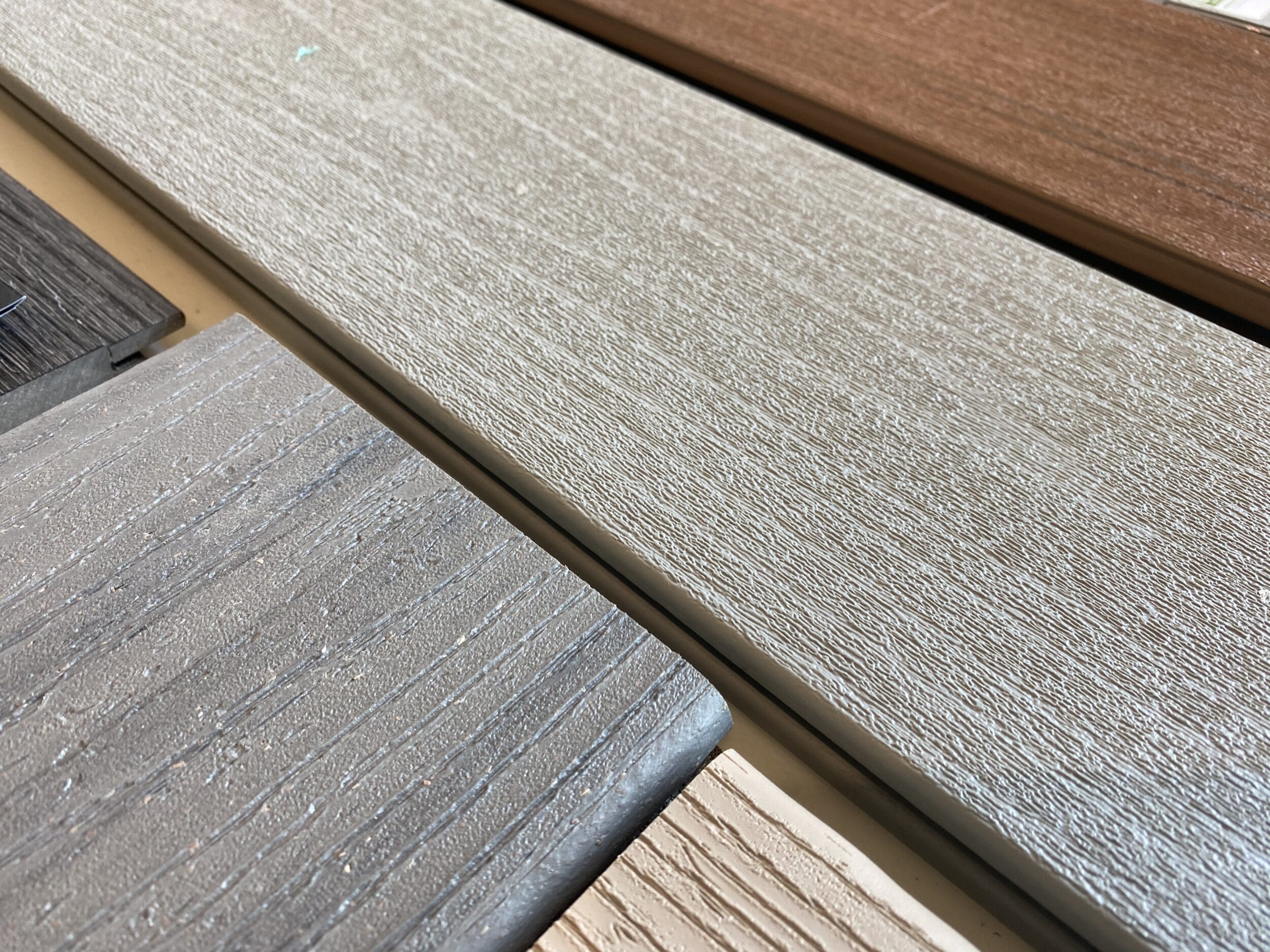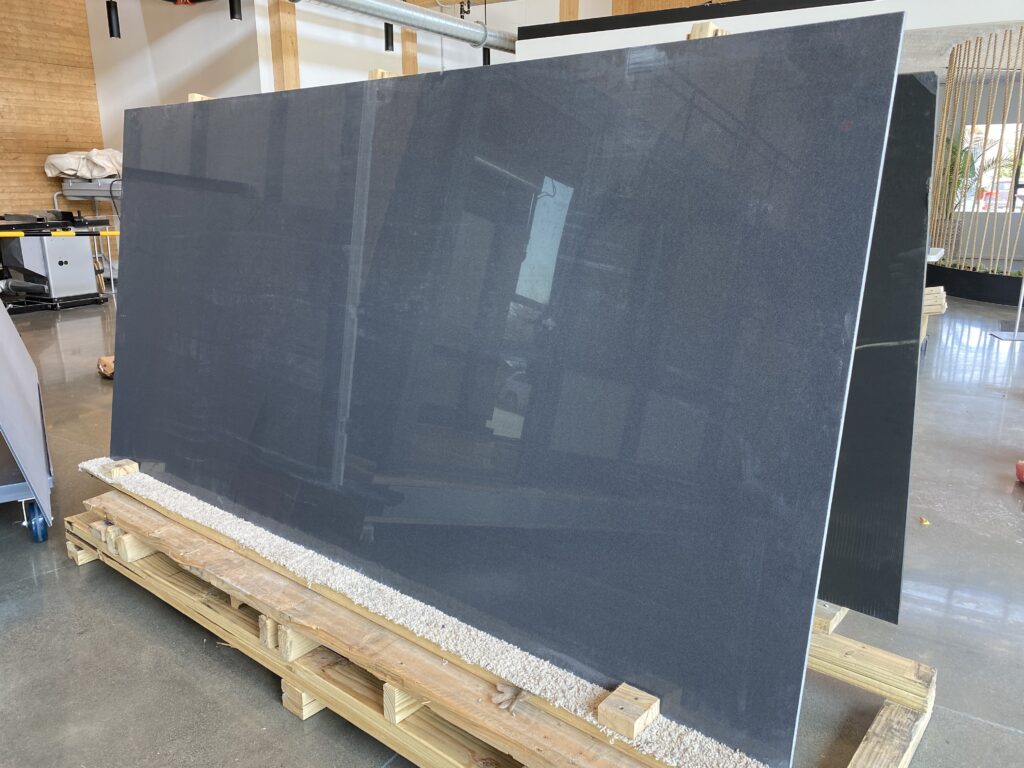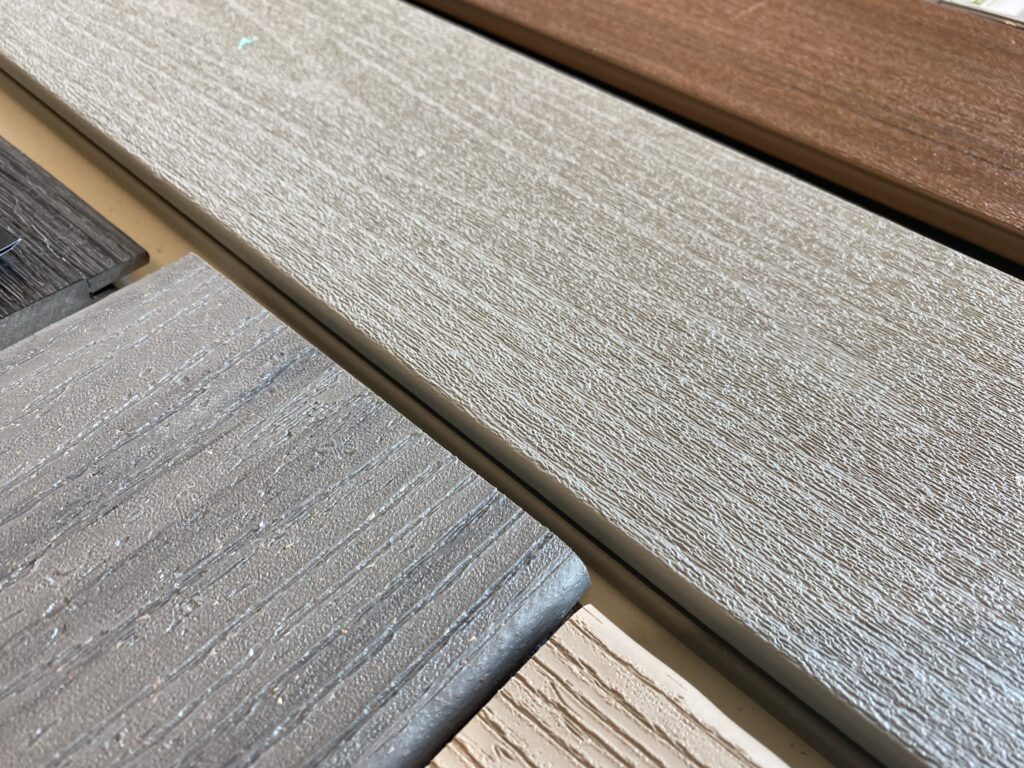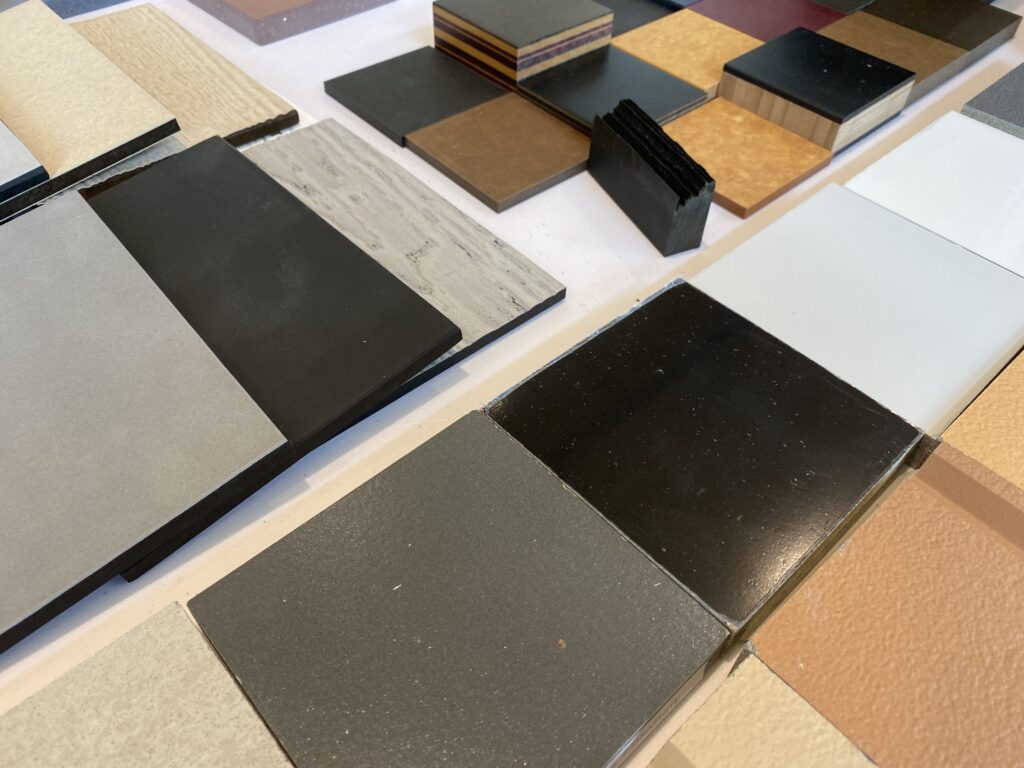
| Aug 25, 2021
Skin Materials
The Environmental Protection Agency estimates that 230 million to 530 million tons of construction and demolition are produced nationwide each year in the United States. More than 10 million tons of plastic are dumped into oceans annually. These are staggering figures. Fortunately, environmentally responsible building and development continue to grow and evolve. And one of the most impactful ways to reduce this impact on the environment is through using recycled and recyclable building materials.
While interior building products have undergone a recent evolution in the types of materials used, external products have largely remained focused on utilizing metals or cementitious products. Resistance to incorporating new materials can be attributed to ease of sourcing, cost, or, in many cases, simply habit. Like many lines of work, members of the construction industry often prefer to work with the vendors and tradespeople they know and trust. Working outside the industry or incorporating new products can present enough of a challenge as to be deemed unworthy of the effort.
However, recent strides in material science have introduced several high-quality recycled and recyclable elements that are certainly worth the effort. While glass, wood, and plastics make up a considerable portion of these materials, the science has grown to include a long list of alternative materials as well, including:
- Timbercrete: a lighter form of concrete made from sawdust
- Ferrock: a form of concrete made with repurposed steel dust
- Newspaperwood: paper waste repurposed to wood
- Denim: insulation made of recycled blue jeans
- Recycled cork: comprised of bottle corks, flooring, and wall panels
- Plashalt: durable, long-lasting asphalt made from the grain of plastic instead of sand and gravel
Using recycled materials in building construction can make huge strides in saving energy, minimizing toxic build-up in the environment, and reducing landfill waste.
Key Goals
This project will explore emerging skin material options for rainscreen/cladding components and will test the viability of recycled and/or recyclable elements as material inputs. HITT will be place emphasis on recycled materials, believing they more directly address the significant pollution crisis and lack of waste stream efficiencies associated with recyclable products.
This project targets recycled content that can support a closed recycling loop while offering a lighter weight for a streamlined and safer installation. Materials will also need to meet necessary building codes and durability standards. Material research is currently underway to determine the most viable partner or material input for these goals.
A secondary goal of this project will be the testing of bio-based products. Biocomposites are comprised of a combination of eco-friendly materials – usually plant fibers mixed with natural resins and binders – and can help eliminate non-renewable waste, reduce raw material usage, and cut fossil-fuel consumption. Research on biocomposites will outline potential industrial waste byproducts, explore natural or easily renewable/replenishable bio inputs, and consider existing supplies of recyclable materials that lack demand (such as PET plastic).
Key Findings
- As a building’s first line of defense from the elements, a rainscreen can help diffuse or reflect heat from the sun to minimize a building’s HVAC load. Though the primary function of a rainscreen is to create an air cavity for water flow and moisture management, thermal properties of the material itself can help or hinder the building envelope.
- Current market options don’t typically include high levels of recycled content because historically, at least, they were not as durable or readily available as traditional materials.
- Aluminum is a highly recycled and recyclable metal and has tremendous weight benefits over other metals, though most rainscreen manufacturers avoid recycled aluminum in rainscreens to ensure durability in the elements.




